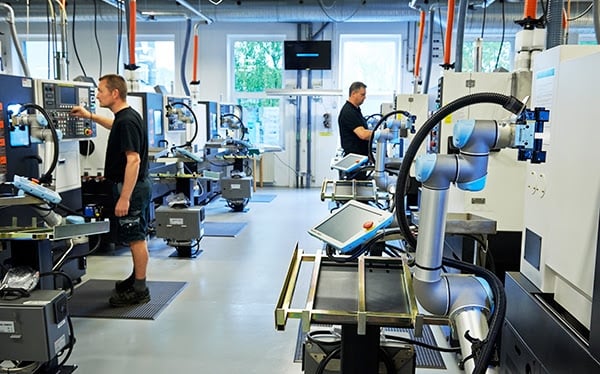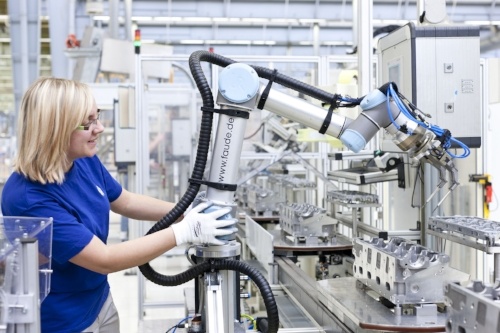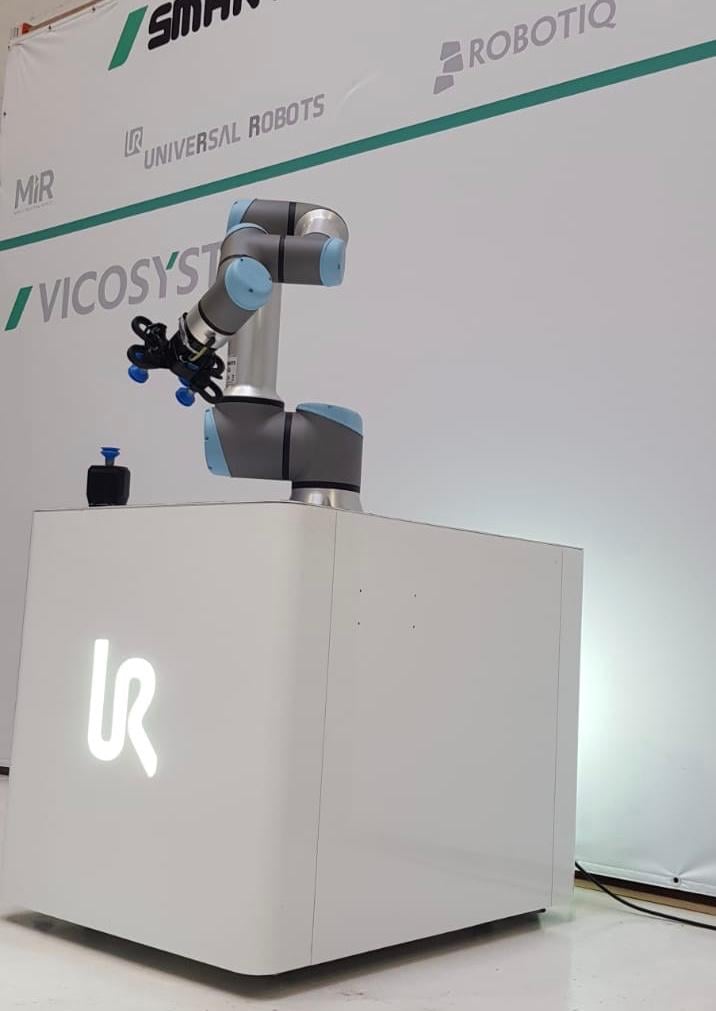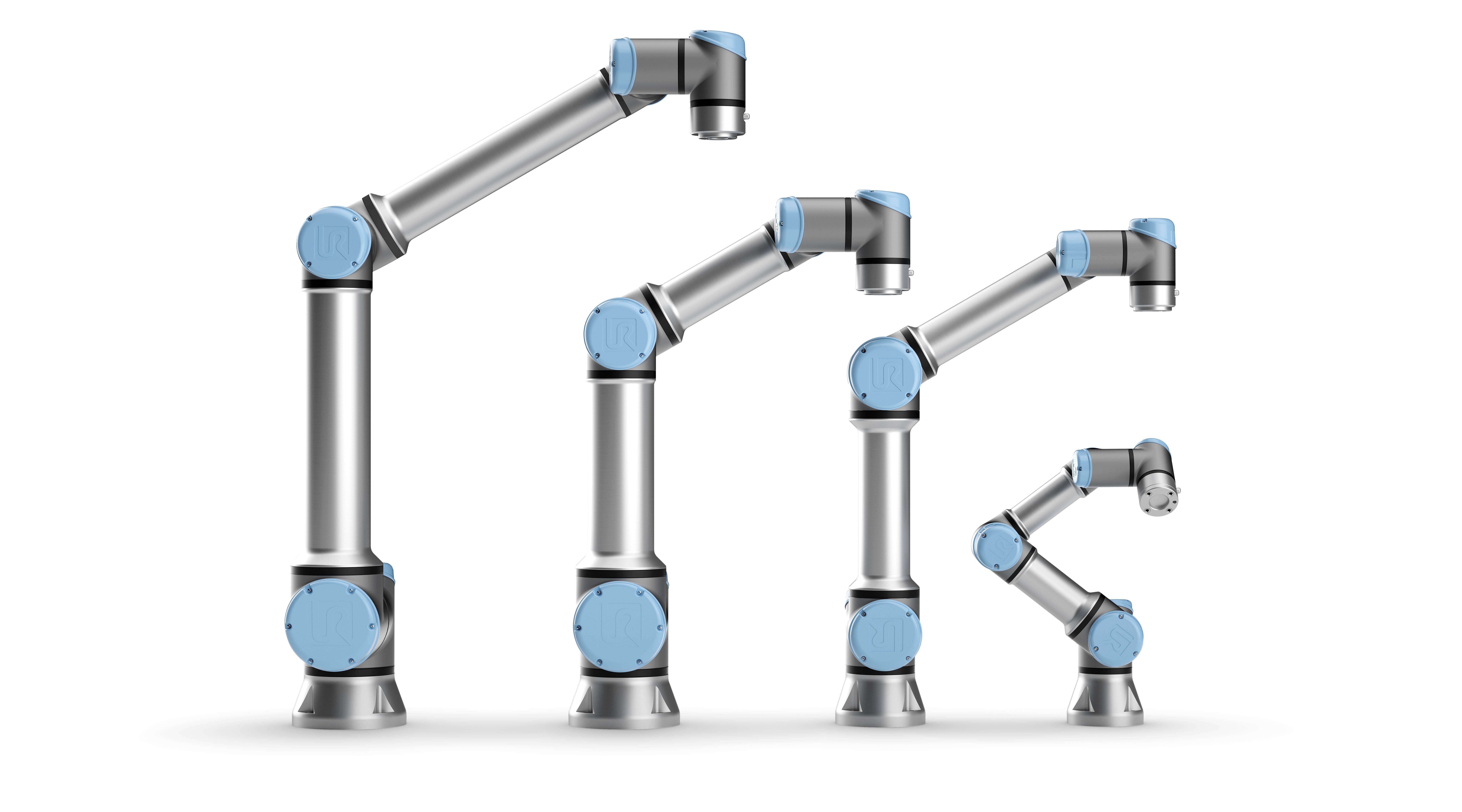3 Concerns Workers Have About Robots in Manufacturing (And How to Alleviate Them)

Posted on Apr 25, 2017 7:00 AM. 3 min read time
With any major change, there’s going to be friction. As the manufacturing industry transitions more and more into robotics, workers will naturally have concerns about the change. In many cases, these concerns can be alleviated with information, training, and evidence to the contrary.
3 Concerns Workers Tend to Have About Robots (And How to Reduce Them)

1. They’re Afraid They Will Lose Their Jobs
The march of technology has long brought up concerns among workers in the middle class. While technology can make various industries obsolete, it also creates new ones, and in the process, new jobs. Smartphones replaced landlines, cars replaced horse-drawn buggies, and so on.
Robots are simply another innovation that will improve and enhance the manufacturing industry. Their arrival creates new jobs, instead of destroying them. After all, who is going to design, service, and implement them?
Many of today’s robots are also collaborative in nature. Since these robots work alongside human counterparts, it only adds to the quality of the work and the ease of the worker’s production.
So, in short, workers will not be replaced, but instead they will find new opportunities for higher paying positions or smoother workloads with the help of collaborative robots in their workspace. Even fully automated fenced robots will be delegated repetitive and mundane jobs that workers don’t want anyway.
Everyone wins in the end, so it’s not something to be concerned about.
2. Safety When Working Near or Around Robots

The next big concern workers tend to have, is for their own safety. This is fair, as fenced robots in particular, can be dangerous if they aren’t handled properly. Proper knowledge of safety standards are a good start, but here are some other ways you can establish a safe working environment for your human and robot workers:
- Start by running a risk assessment of potential hazards, and eliminate them before workers ever enter the robot’s workspace.
- The production manager should be made aware of any regulations or rules that apply to the robotics cells so they can pass this information along to the user of the cell and ultimately prevent injuries
- Explore options for simulation software so you can see how your programming works before implementing it in person.
- Maintain regular training and stay up-to-date on any new regulations or standards.
- Don’t be afraid to embrace safeguards like fencing or vision systems that allow the robot to slow down or stop when it detects a nearby person.
3. Their Pay Will Go Down
Our last concern is one that revolves around wages. Workers are always concerned with their pay, and the idea of robots moving into the production line could raise concerns about how this will affect their ongoing pay rates.
Fortunately, this is another concern that can be alleviated. Here are three ways robots help, not hurt, the wages of workers:
- Labor productivity growth leads to higher wages, lower prices, and more products. This statistic is helped greatly by the introduction of robots, and therefore opens up opportunities for workers to earn more as a result of the increased production
- Robots introduce new and higher paying jobs for the manufacturing ecosystem.
- New technology also streamlines worker responsibilities and therefore frees them up to focus on the tasks at hand.
Final Thoughts
Robots and manufacturing are entwined to the point where workers may become concerned about the future. These concerns, while understandable, can be alleviated through the aforementioned plans and information.
How do you handle worker concerns when implementing robots into your plant? Let us know in the comments!









Leave a comment